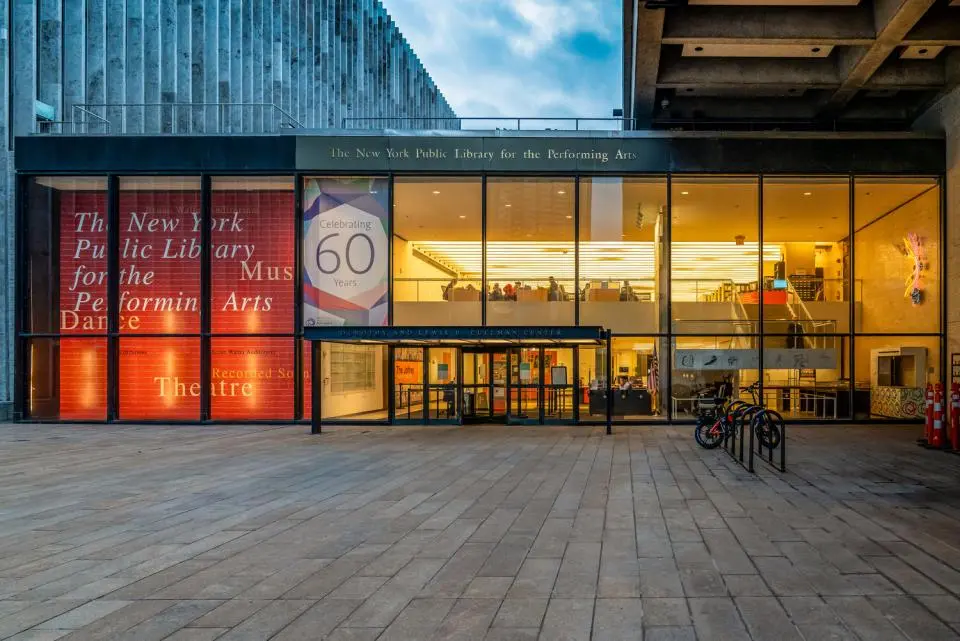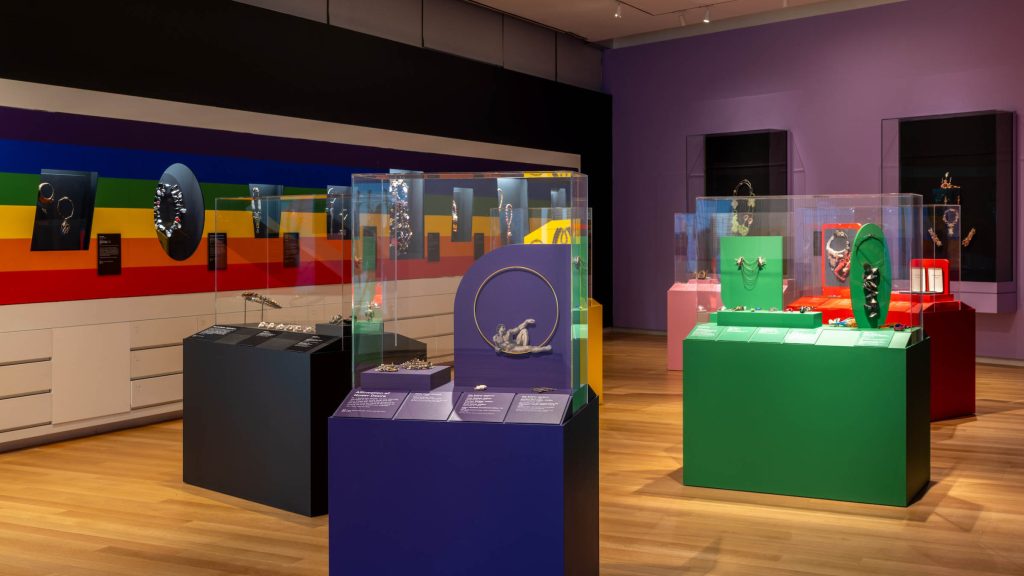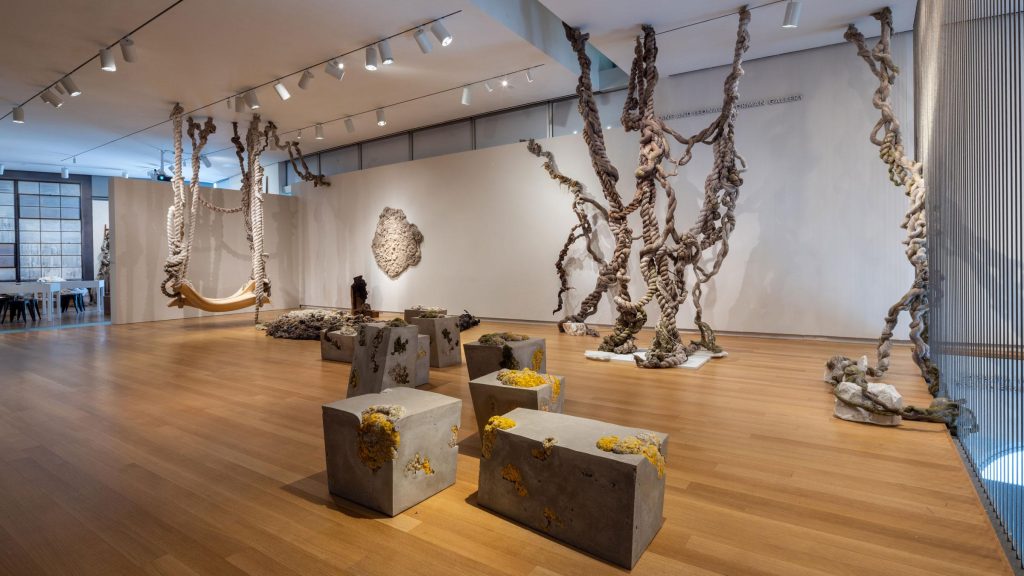Although the common nickname for Broadway, “the Great White Way,” refers, historically, to its dazzling lights, the phrase also suggests the ways in which many histories of New York theater center white artists. Black artists, though, have been important shapers of musical theater in the United States before the electric light was ever used on stage. In the early 20th century, Black composers and writers created many popular musicals in New York that helped define the genre, setting it apart from 19th-century traditions. New forms of syncopation, the disruption of the dominant rhythm, and narratives composed and written by Black artists challenged the prevailing sounds and depictions of Black people on stage. These innovations were more than stylistic. They pushed back against exclusion and stereotype, laying the groundwork for generations of Black artists whose contributions have reshaped Broadway. Syncopated Stages spotlights their work, acknowledges the challenges they faced, and celebrates the brilliance of what they made. We invite you to explore how Black artists transformed the New York stage and how their work still reverberates today.
This exhibition is organized by The New York Public Library for the Performing Arts and curated by playwright, professor, and scholar Michael Dinwiddie.
Photo credit: New York Public Library for the Performing Arts


